Things to do in Banaue Rice Terraces: A Comprehensive Guide
The Banaue Rice Terraces in the Philippines are a UNESCO World Heritage Site and have been dubbed the “Eighth Wonder of the World.” This stunning landscape is a testament to the ingenuity and hard work of the Ifugao people, who have been cultivating rice in this area for over 2,000 years. The terraces are a must-see for anyone visiting the Philippines, offering breathtaking views and a glimpse into the country’s rich cultural heritage.
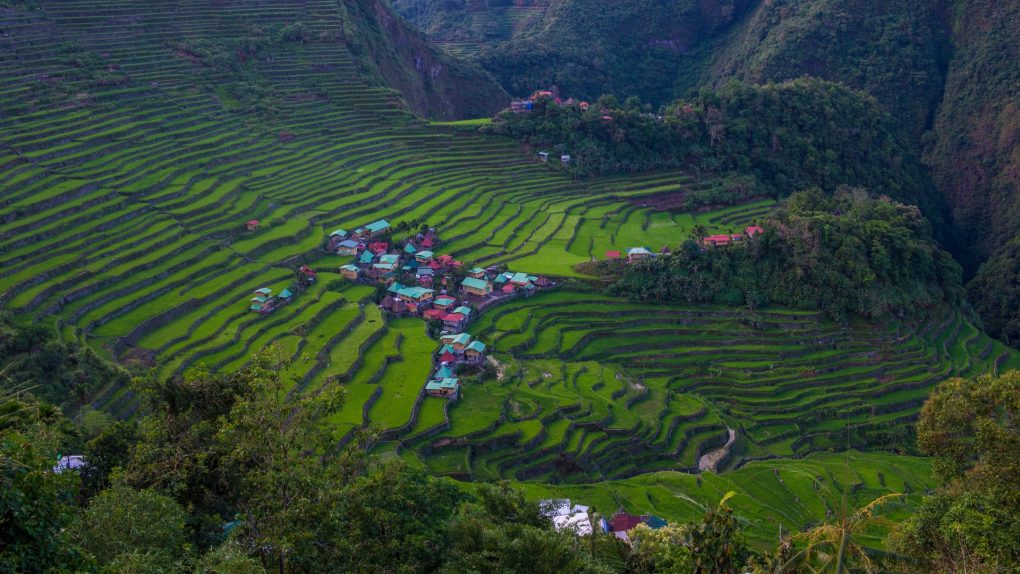

There are many things to do in Banaue Rice Terraces, making it an ideal destination for travelers looking for adventure, culture, and natural beauty. Visitors can hike through the terraces, take a guided tour to learn about the history and culture of the Ifugao people, or simply relax and take in the stunning views. There are also opportunities for cultural immersion, such as attending a traditional dance performance or trying local cuisine. Whether you’re an outdoor enthusiast, a history buff, or simply looking for a unique travel experience, Banaue Rice Terraces has something to offer everyone.
Table of Contents
Getting There
Banaue Rice Terraces is a popular tourist destination in the Philippines, and getting there can be an adventure in itself.
From Manila
The most common way to get to Banaue Rice Terraces from Manila is by taking a bus to Banaue. The bus ride takes around 9-10 hours, depending on traffic and weather conditions. There are several bus companies that offer trips to Banaue, including Ohayami Trans, Coda Lines, and Florida Bus. The buses usually leave at night and arrive in Banaue early in the morning.
From Baguio
Another option is to take a jeepney from Baguio to Banaue. The jeepney ride takes around 6-7 hours and is a cheaper alternative to taking a bus.
Transportation in Banaue
Once in Banaue, there are several transportation options to get around. Jeepneys are the most common mode of transportation, and they can take you to different parts of Banaue, including the rice terraces. There are also tricycles and motorbikes for hire.
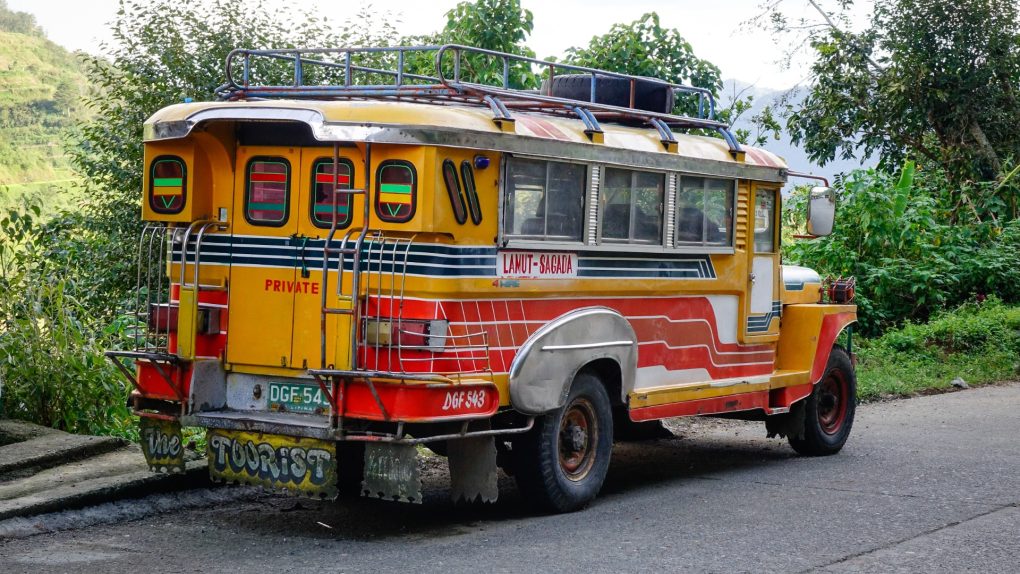

Overnight Bus
For those who prefer to travel at night, there are also overnight buses available from Manila to Banaue. These buses usually leave Manila in the evening and arrive in Banaue early in the morning. This is a good option for those who want to save time and money on accommodation.
Exploring the Rice Terraces
Banaue Rice Terraces
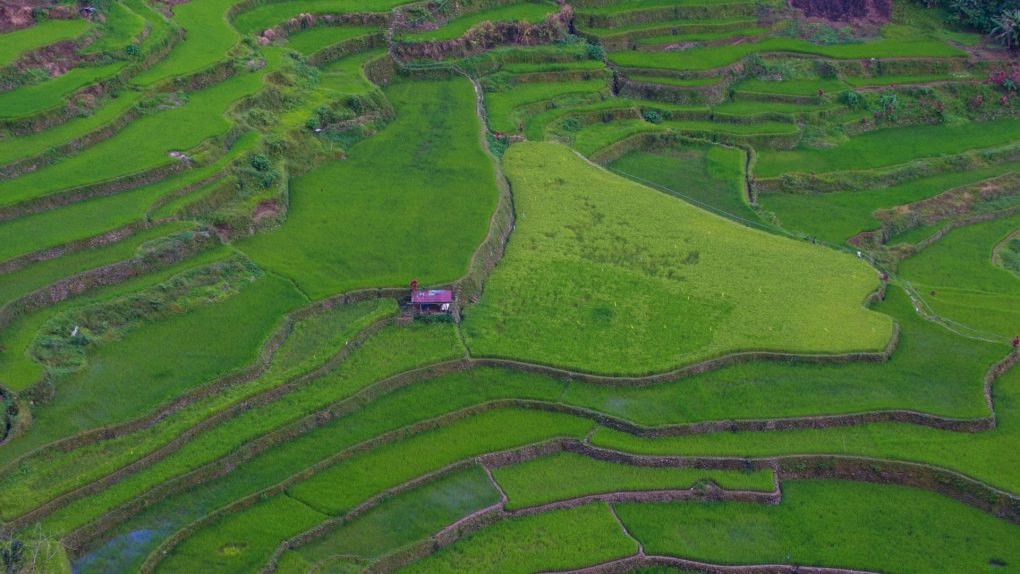

The Banaue Rice Terraces are a UNESCO World Heritage site and a must-visit destination for those exploring the Philippines. These terraces are considered the most famous of the rice terraces in the region, and for good reason. They were carved out of the mountain ranges over 2000 years ago using primitive hand tools, and are a testament to the ingenuity and hard work of the Ifugao people. Visitors can take a guided tour of the terraces, which offer stunning views of the surrounding mountains and valleys.
Batad Rice Terraces
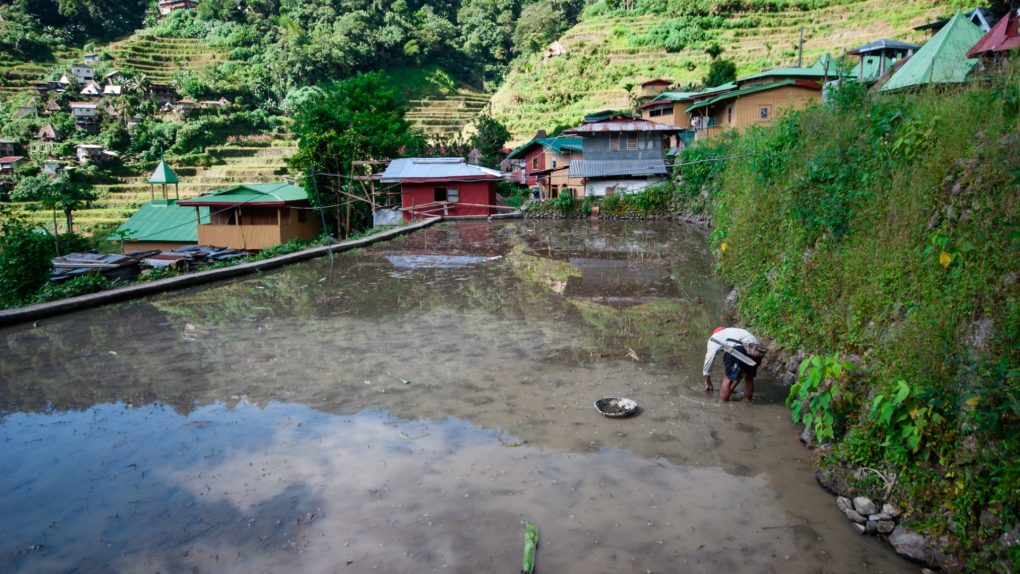

The Batad Rice Terraces are another popular destination for those exploring the region. These terraces are unique in that they are shaped like an amphitheater, with the terraces forming a circular shape around a central point. Visitors can hike to the top of the terraces for a stunning view of the surrounding landscape. The hike can be challenging, but the views are well worth the effort.
Bangaan Rice Terraces
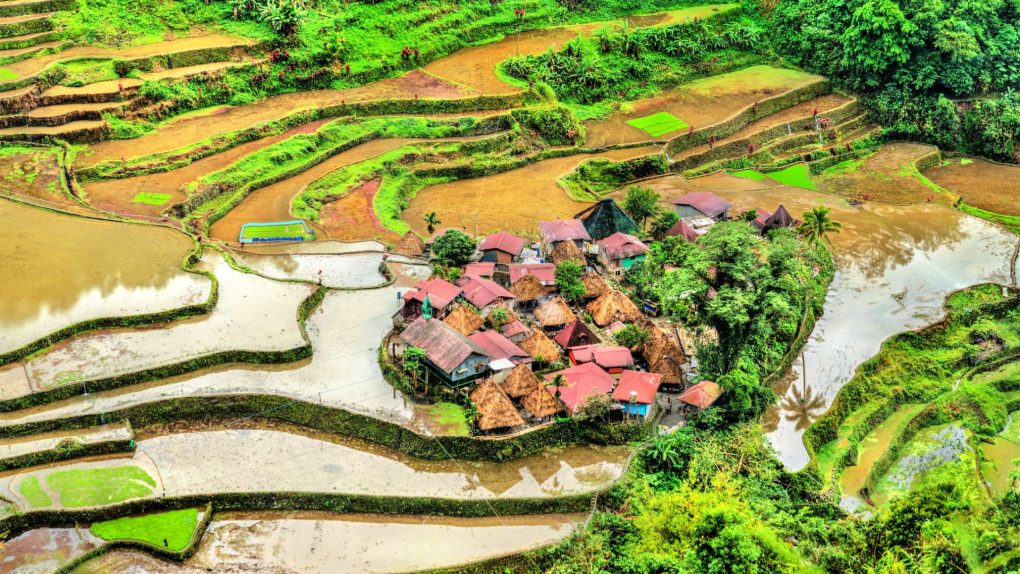

The Bangaan Rice Terraces are located in the village of Bangaan, and are known for their stunning beauty. These terraces are smaller than some of the other rice terraces in the region, but they are no less impressive. Visitors can take a guided tour of the terraces, which offer a glimpse into the daily lives of the Ifugao people.
Hapao Rice Terraces
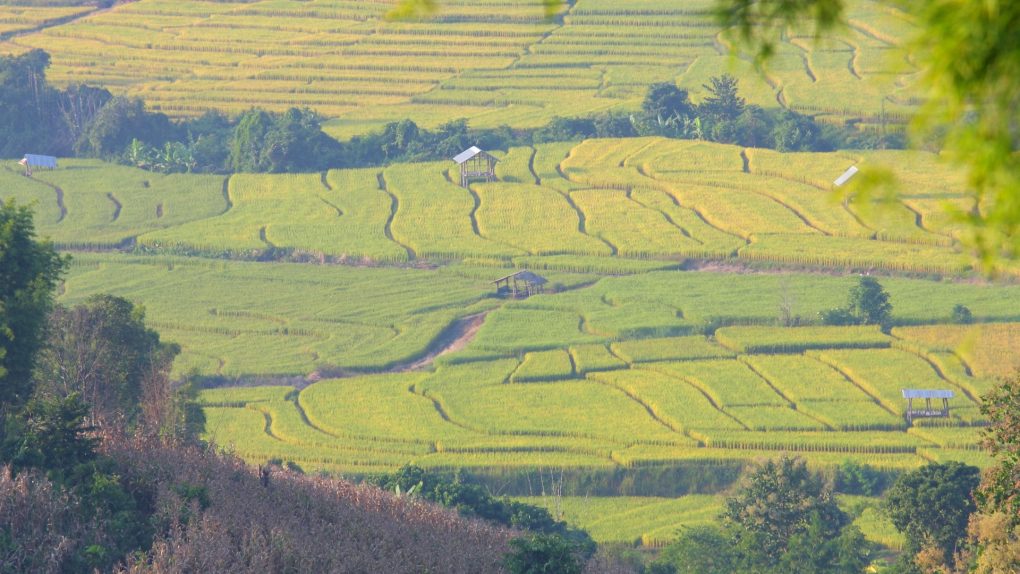

The Hapao Rice Terraces are located in the town of Hungduan, and are known for their unique design. These terraces are built on a steep slope, and are shaped like a staircase. Visitors can take a guided tour of the terraces, which offer a glimpse into the daily lives of the Ifugao people.
Nagacadan Rice Terraces
The Nagacadan Rice Terraces are located in the town of Kiangan, and are known for their stunning beauty. These terraces are smaller than some of the other rice terraces in the region, but they are no less impressive. Visitors can take a guided tour of the terraces, which offer a glimpse into the daily lives of the Ifugao people.
Hungduan Rice Terraces
The Hungduan Rice Terraces are located in the town of Hungduan, and are known for their unique design. These terraces are built on a steep slope, and are shaped like a staircase. Visitors can take a guided tour of the terraces, which offer a glimpse into the daily lives of the Ifugao people.
Visitors to the rice terraces should be aware that there is an environmental fee that must be paid before entering the area. The fee helps to preserve the rice terraces and the surrounding environment. Visitors should also be respectful of the local culture and customs, and should take care not to damage the rice fields or other natural resources.
Trekking and Hiking
Banaue Rice Terraces is a popular destination for trekking and hiking enthusiasts. The terraces offer a unique terrain that makes for a challenging and rewarding trek. There are several guided tours and self-guided treks available for visitors to explore the area.
Guided Tours
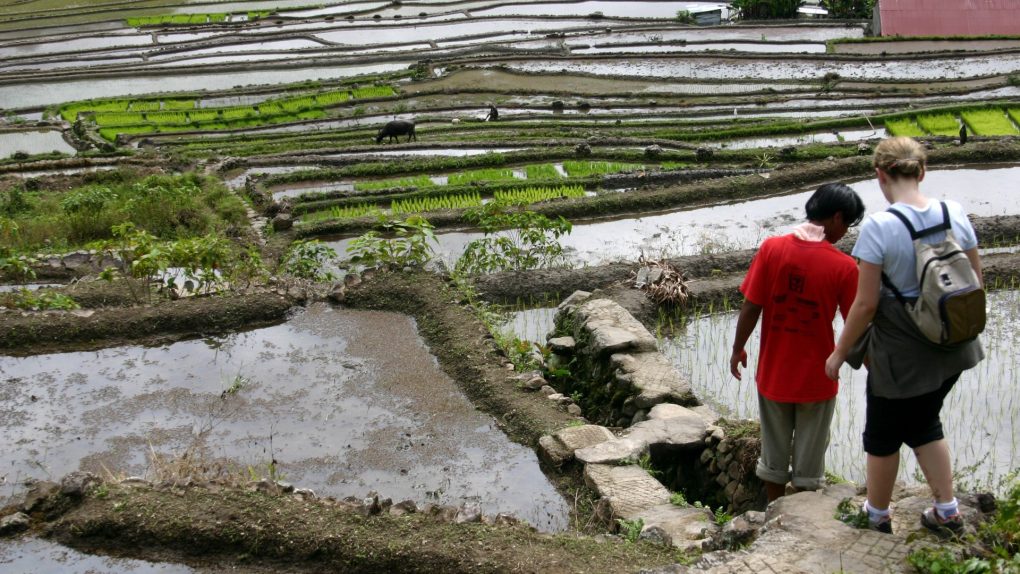

Guided tours are a great option for those who want to learn more about the history and culture of the rice terraces. These tours are led by knowledgeable guides who can provide insight into the traditions and practices of the indigenous Ifugao people. Some popular guided tours include the Batad Rice Terraces and Pula Waterfall Trek, and the Awa View Deck Hike.
Self-Guided Treks
For those who prefer to explore on their own, self-guided treks are a great option. Visitors can rent a guidebook or map and set out on their own adventure. Some popular self-guided treks include the Saddle Hike, which offers stunning views of the terraces, and the Awa View Deck Hike, which provides panoramic views of the surrounding area.
Local Villages and Culture
Banaue Rice Terraces is not just a natural wonder, but also a cultural one. The local villages surrounding the rice terraces offer a glimpse into the unique way of life of the Ifugao people. Visitors can immerse themselves in the local culture by spending a night at a homestay in one of the small villages like Batad, Cambulo, or Tam-an.
Batad Village
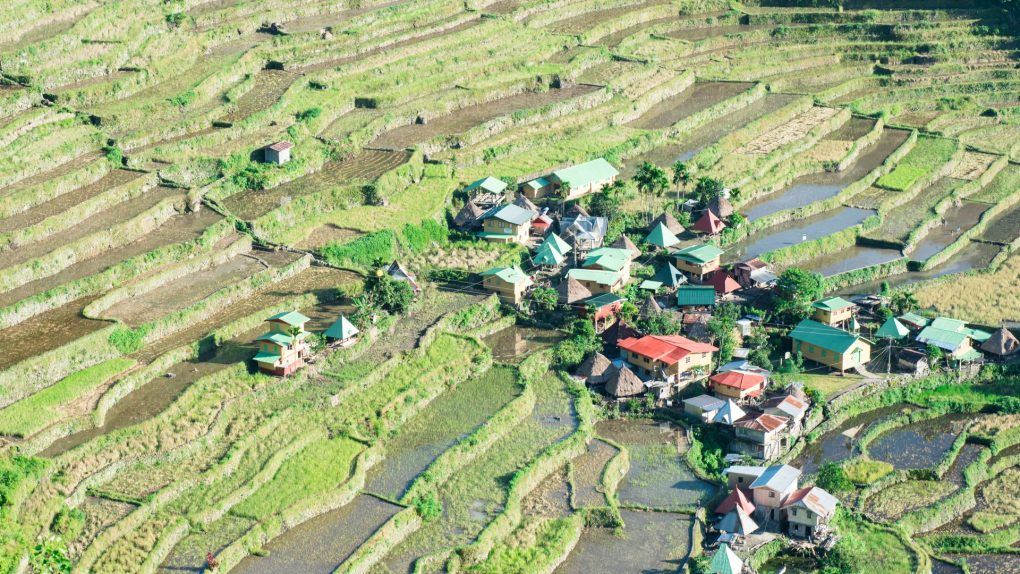

Batad is a small village located in the heart of the Banaue Rice Terraces. It is known for its amphitheater-like rice terraces that are over 2,000 years old. Visitors can hike to the Batad Rice Terraces Viewpoint to get a bird’s eye view of the terraces and the village. The hike can be challenging, but the stunning scenery is worth the effort. Visitors can also visit the Tappiya Waterfalls, which is a short hike from the village.
Cambulo
Cambulo is another small village located in the Banaue Rice Terraces. It is known for its traditional Ifugao houses that are made of wood and thatch. Visitors can walk around the village and see the houses up close. Cambulo is also a great place to learn about the Ifugao culture and traditions. The village is home to the Imbayah Festival, which is celebrated every two years. The festival is a celebration of the Ifugao culture and includes traditional dances, music, and food.
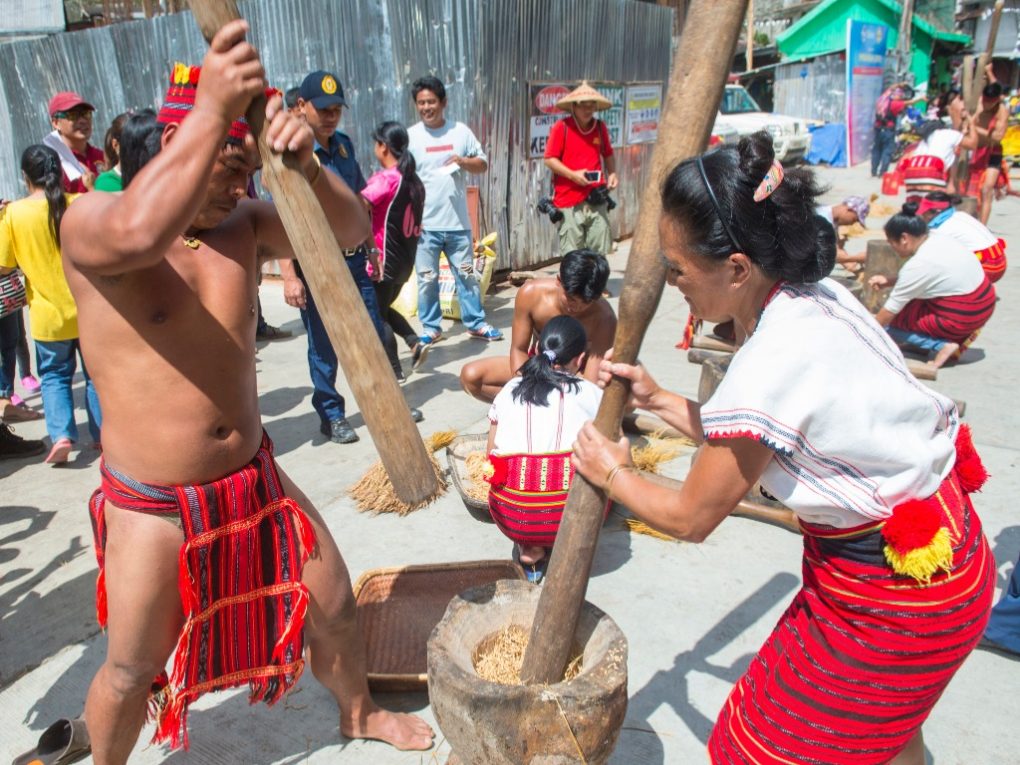

Tam-an Village
Tam-an Village is located on the outskirts of Banaue town. It is a great place to learn about the local culture and traditions. Visitors can visit the Tam-an Village Museum, which showcases the history and culture of the Ifugao people. The museum has a collection of traditional Ifugao artifacts, including baskets, clothing, and weapons. Visitors can also watch a performance of the Pinikpikan, which is a traditional Ifugao dance that is performed during special occasions.
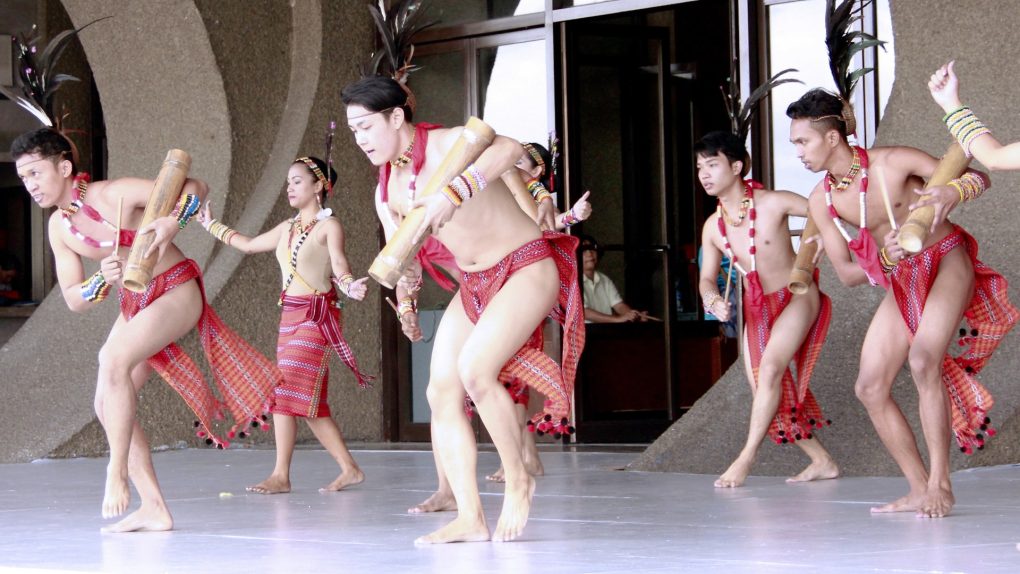

The local villages surrounding the Banaue Rice Terraces offer a unique cultural experience that visitors should not miss. From the traditional Ifugao houses to the Imbayah Festival, there are plenty of opportunities to learn about the local culture and traditions.
Additional Attractions
There are many more attractions to see in Banaue aside from the rice terraces. Here are some additional attractions to add to your itinerary:
Tappiya Waterfalls
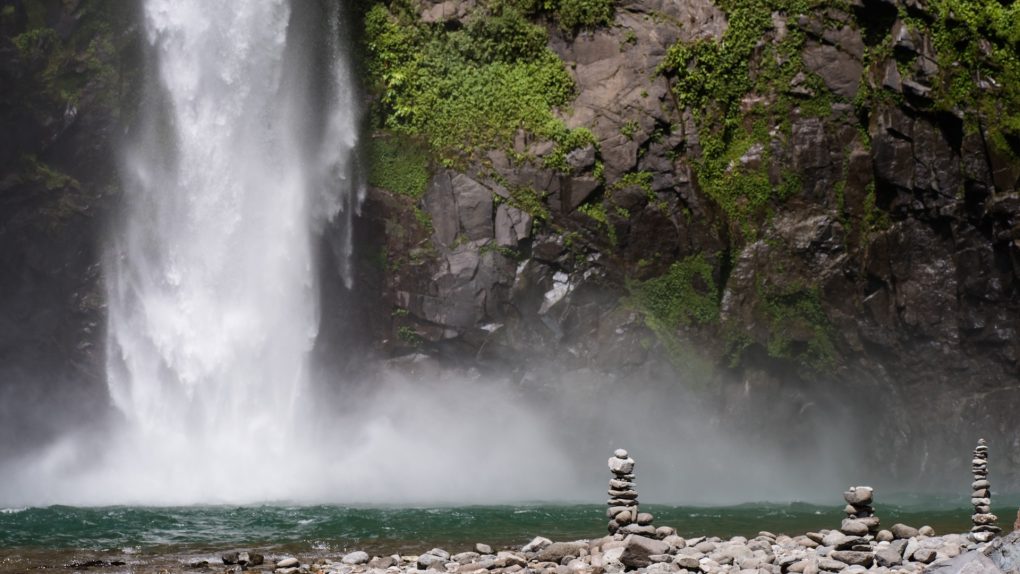

Tappiya Waterfalls is a must-visit attraction in Banaue. It is a towering waterfall that drops from a height of over 70 meters. Visitors can take a trek to the falls, which takes about an hour. The trek can be challenging, but the stunning views of the rice terraces and the waterfall are worth it. Visitors can also take a dip in the cool waters of the falls.
Banaue Museum
The Banaue Museum is a great place to learn more about the history and culture of the Ifugao people. The museum showcases various artifacts, including traditional clothing, musical instruments, and household items. Visitors can also watch a short film about the history of the rice terraces and the Ifugao people.
Banaue Ethnic Village
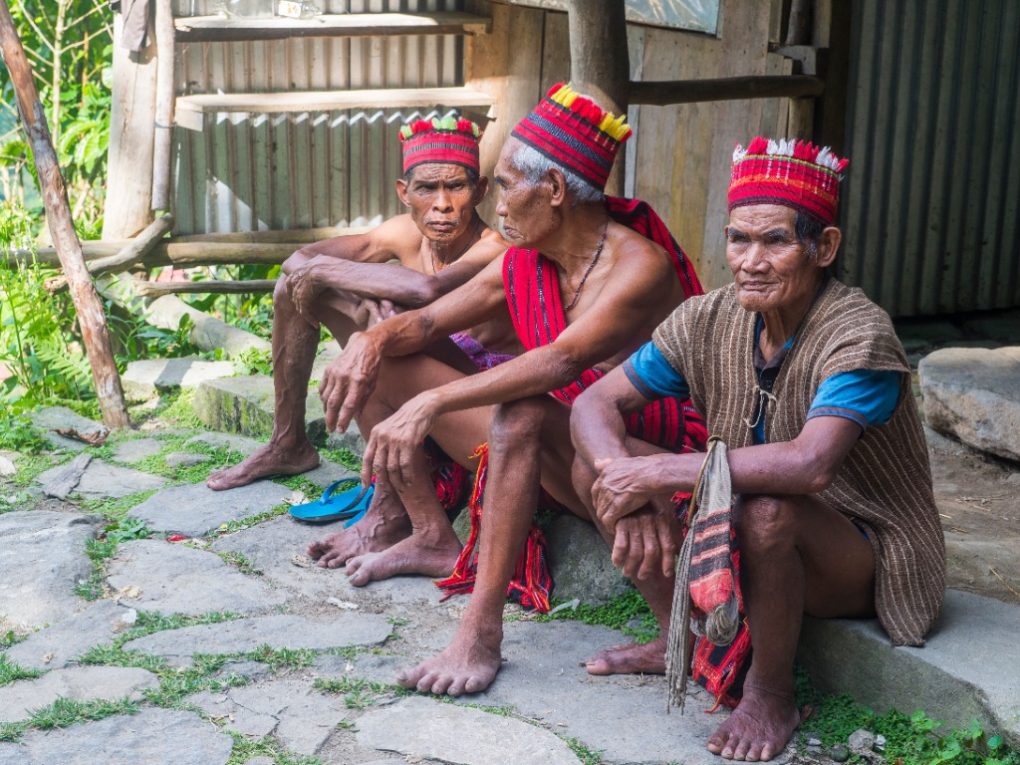

The Banaue Ethnic Village is a living museum that showcases the traditional way of life of the Ifugao people. Visitors can see traditional Ifugao houses, watch cultural performances, and participate in workshops on traditional crafts and practices. The village also has a restaurant that serves local cuisine.
Pine Forest Resort
The Pine Forest Resort is a great place to relax and enjoy the natural beauty of Banaue. The resort is located in a pine forest and offers stunning views of the rice terraces. Visitors can go on nature walks, birdwatching, and horseback riding. The resort also has a restaurant that serves local and international cuisine.
Overall, Banaue has many attractions to offer aside from the rice terraces. Visitors can explore the Tappiya Waterfalls, learn about the culture of the Ifugao people at the Banaue Museum and Ethnic Village, and relax at the Pine Forest Resort.
Travel Tips
Visiting the Banaue Rice Terraces can be a once-in-a-lifetime experience, but it’s important to be prepared. Here are some travel tips to help you make the most of your trip:
- Itinerary: Plan ahead and decide which viewpoints and attractions you want to visit. Some popular spots include the Batad Rice Terraces, Tappiya Falls, and the Banaue Viewpoint. Keep in mind that some areas may be closed due to landslides or maintenance.
- ATM: It’s best to carry enough local currency in cash as finding an ATM in the village or surrounding areas may be difficult. Make sure to have enough money to pay for fees and other necessities like food, water, and local transport.
- Road Trip: If you plan on driving to Banaue, be prepared for a long and winding road trip. The roads can be narrow and steep, so it’s important to drive carefully. Consider making stops in nearby towns like Bontoc and Sagada to break up the journey.
- Luzon Island: Banaue is located on Luzon Island, which is known for its beautiful beaches. If you have extra time, consider extending your trip to explore the island’s coastline.
- Baya: Baya is a traditional Ifugao village located near the Banaue Rice Terraces. Visitors can learn about the Ifugao culture and even stay in a traditional hut overnight.
Remember to always respect the local culture and environment. Keep in mind that the rice terraces are a UNESCO World Heritage Site and should be treated with care.
